1921 (Taisho 10) Monday, November 14 Toshiko Yamane, Japan’s first female diplomat, was born in Sapporo. Her father was Jinshin YAMANE, a livestock scientist who was an assistant professor at Hokkaido Imperial University at that time. She was born the youngest of three brothers and sisters. Her brother is Otohiko Yamane, who inherited the research of his father Jinshin and later became a professor at the Faculty of Agriculture of Tottori University.
Her father Yamane Jinshin transferred from Hokkaido Imperial University to Taipei Imperial University to become a professor. So they moved to Taiwan. In April 1934, she entered Taipei State High School for Girls at the age of 12. In April 1938, he entered Tsuda Eigaku Juku. In August 1940, we participated in the Japan-Philippines Student Conference held in Manila. After the start of the Pacific War following the attack on Pearl Harbor on December 8, 1941, she graduated from Tsuda English School early and returned to her parents’ home in Taipei on December 26.
In April 1942, she entered the Department of Literature, Faculty of Letters and Politics, Taipei Imperial University, where she majored in English literature and studied Goethe’s theory of education. However, 2 years later, on September 15, 1944, due to the worsening war situation, her graduation was accelerated. After the war, she stayed in Taipei for a while, and for a while she worked as an official of the Chinese National Government as the head of the Taipei University Library, but she returned to Japan aiming to become a Japanese diplomat.
In March 1950, she passed the Foreign Service Consular Officer Recruitment Examination, becoming the first woman to do so. After completing a six-month fellowship at the Institute as a Foreign Affairs Officer, she left Haneda Airport in July of the same year as a GARIOA International Student (an international student funded by the Government for the Relief of Occupied Territories) and went to Queens College, City University of New York for an orientation course. After that, I majored in Political Science at the University of Vermont and completed the course on June 1, 1951. GARIOA stands for Government Approval for Relief in Occupied Area, or government funds for the relief of the Occupied Territories, which is the aid funds for the Occupied Territories that the U.S. government spent from the military budget of the Department of War. Japan received a cumulative total of about $1.6 billion from FY 1946 to FY 1951.
After completing a course at the University of Vermonter, she was assigned to the International Cooperation Division of the the Ministry of Foreign Affairs Convention Bureau, and then to Division I of the International Cooperation Bureau. It was Tatsuo Suyama who became Toshiko Yamane’s boss as the manager of the First International Cooperation Division. Suyama later became ambassador to Norway and is known for pitching former Prime Minister Yoshida Shigeru to the selection committee as a candidate for the Nobel Peace Prize from 1965 to 1967. (Nobuhiko YOSHITAKE, “Nobel Prize in International Politics,” Regional Policy Studies, Vol. 19, No. 1, Takasaki Economics University, 2016.)
On the following day, September 27, 1952, she was appointed as an attendant of the Japanese government to the United Nations in New York. With her outstanding English skills at the United Nations, Toshiko Yamane was active in many negotiations and attracted the attention of other countries as the first female Japanese diplomat. On June 10, 1955, she attended the UN General Assembly Special Session on the 10th Anniversary in San Francisco together with Renzo Sawada (Director of the Permanent Mission of Japan to the United Nations). Around the same time, in the run-up to Japan’s accession to the United Nations on December 18, 1956, Mr. Toshikazu Kase, Ambassador Extraordinary and Plenipotentiary of the Permanent Mission of Japan to the United Nations, was assigned 1925 to New York.
She was ordered to return to Japan on July 25, 1956, and on a hot day in August, a farewell party was held at Ambassador Kase’s home in Scarsdale. They had a barbecue in a large garden full of apples. At that time, a blue apple fell off one by one, and Toshiko Yamane, who was returning to Japan, made a farewell speech, quoting the fallen apple. It gave a disturbing and bad feeling to her colleague, Jo Aoki, who was also at the farewell party.
Toshiko Yamane left Vancouver Airport on August 29 aboard Canadian Pacific Flight 307 to fly back to Japan. There are reports that the plane crashed off the coast of Cold Bay, Alaska due to an accident, and a young secretary of the United Nations, Mr. Motoo Ogiso (later the Ambassador of the United Nations), is on his way to the site. There were two Oriental women on board, one of whom was dead and one of whom was alive, but the person who survived was identified as a Chinese woman and Toshiko Yamane was confirmed dead. She was 34 years old.
Her parents, Jinshin YAMANE and Shigeyo, went to the scene of the accident, prayed for the soul of their daughter with a bouquet of flowers and incense sticks, and returned to Japan after collecting her remains.
Her father, Jinshin Yamane, a livestock scientist, was born in Tottori Prefecture on January 20, 1889. After graduating from the College of Agriculture, Tohoku Imperial University (former Sapporo Agricultural School) and serving as an assistant professor at Hokkaido Imperial University, he served as a professor at Taipei Imperial University, and in 1949 became 24 a professor at Hiroshima University, and in 1954 became the first president of Hiroshima Junior College of Agriculture (present Hiroshima Prefectural University).
In 1968, Jinshin Yamane published “Revived Souls” for his daughter Toshiko, who sadly died in a crash.
August 30, 1956 was the saddest day for me and my wife. It was the day our beloved daughter, Toshiko, was taken from our hands because of an air accident in Alaska. This misfortune once plunged us into the abyss. After that, however, I was comforted and encouraged by the friendship and goodwill of many people from both inside and outside the country, and I was able to endure the lonely years of hardship. Especially with the establishment of the Yamane Scholarship Fund, we were given a hundred times more courage and the world became brighter. Although Toshiko’s body is gone now, I think her soul is not dying and is moving to a younger generation. And I came to think that not only one Toshiko but many Toshiko are being revived.
On Christmas Day 1957, Rev. Scott of Vermont in the United States presented me with an elegy that he said was sung in his church. I don’t know who the author is, but I think it applies to Toshiko.
From life to she passed, no death is here;
This is a step of progress, not the end.
I hear her saying with a voice of chair,
Tis of life’s nature to ascend.
*American poet James Whitcomb Riley
After the death of Toshiko Yamane, the the Ministry of Foreign Affairs Scholarship Fund was established in 1960, led by her former bosses such as Renzo Sawada, Tatsuo Suyama, Torao Ushiroku and Hideo Kitahara. Donations were collected from Aiichiro Fujiyama, Minister for Foreign Affairs, Morinosuke Kashima, Member of the House of Councillors (President of the Kajima), and John D. Rockefeller III, President of the Japan-America Society of Japan, and other organizations. This fund is still managed within Tsuda College as the Yamane Scholarship Foundation.
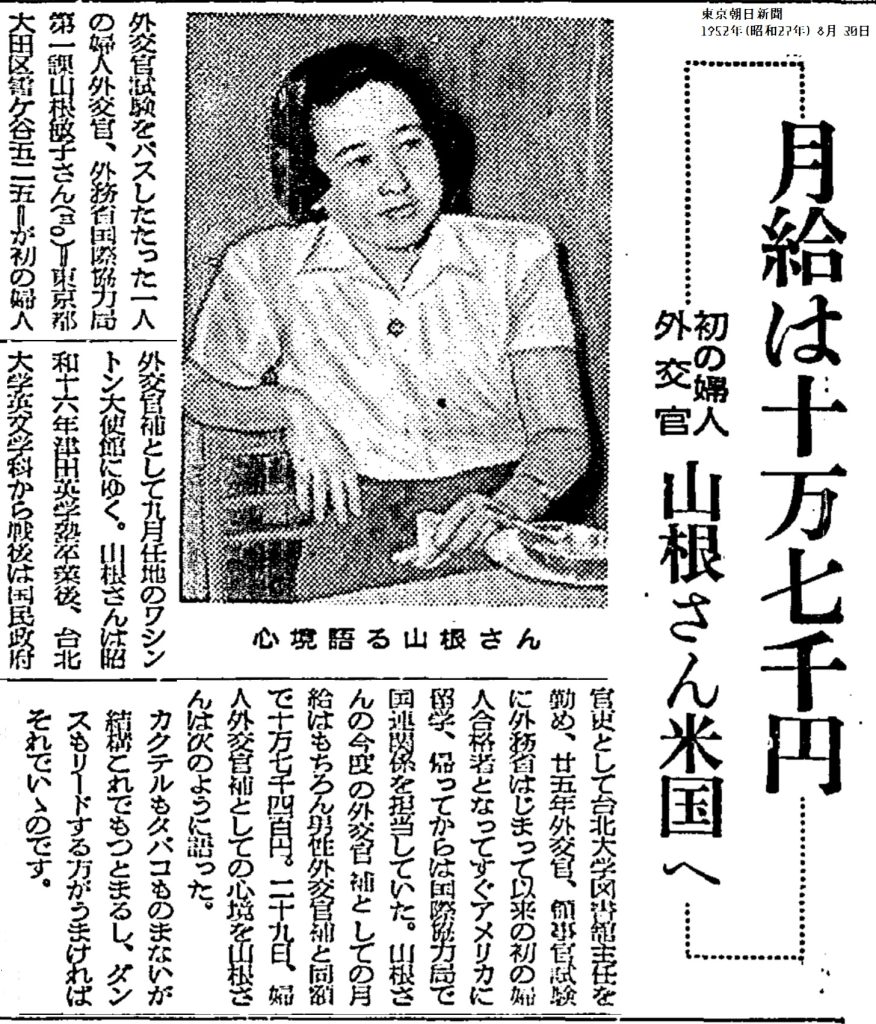
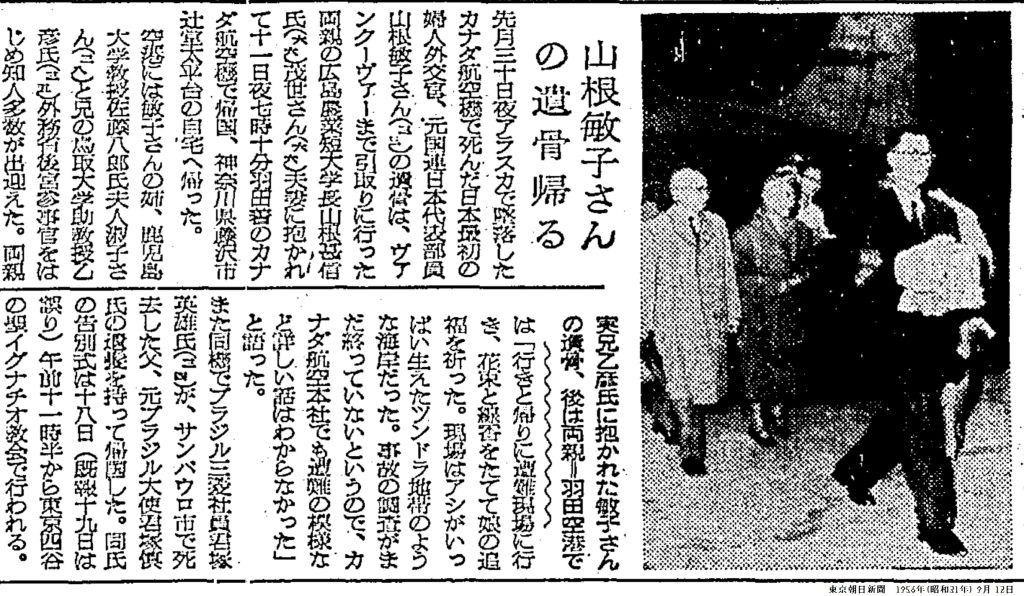
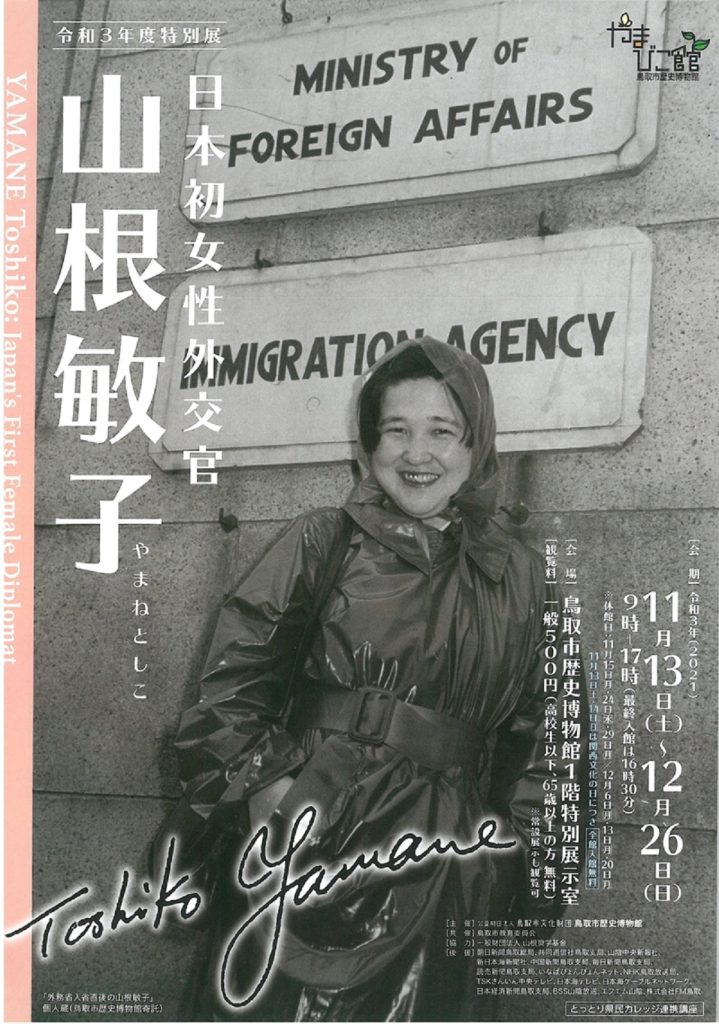
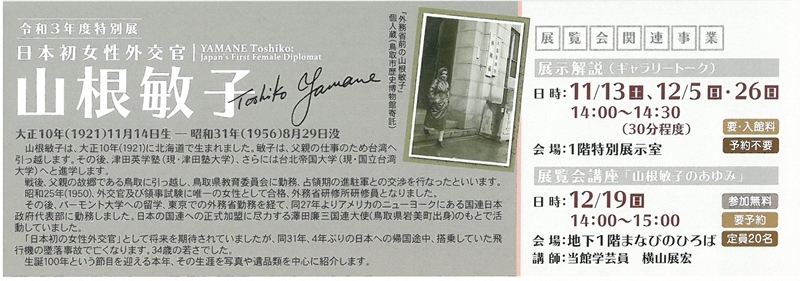
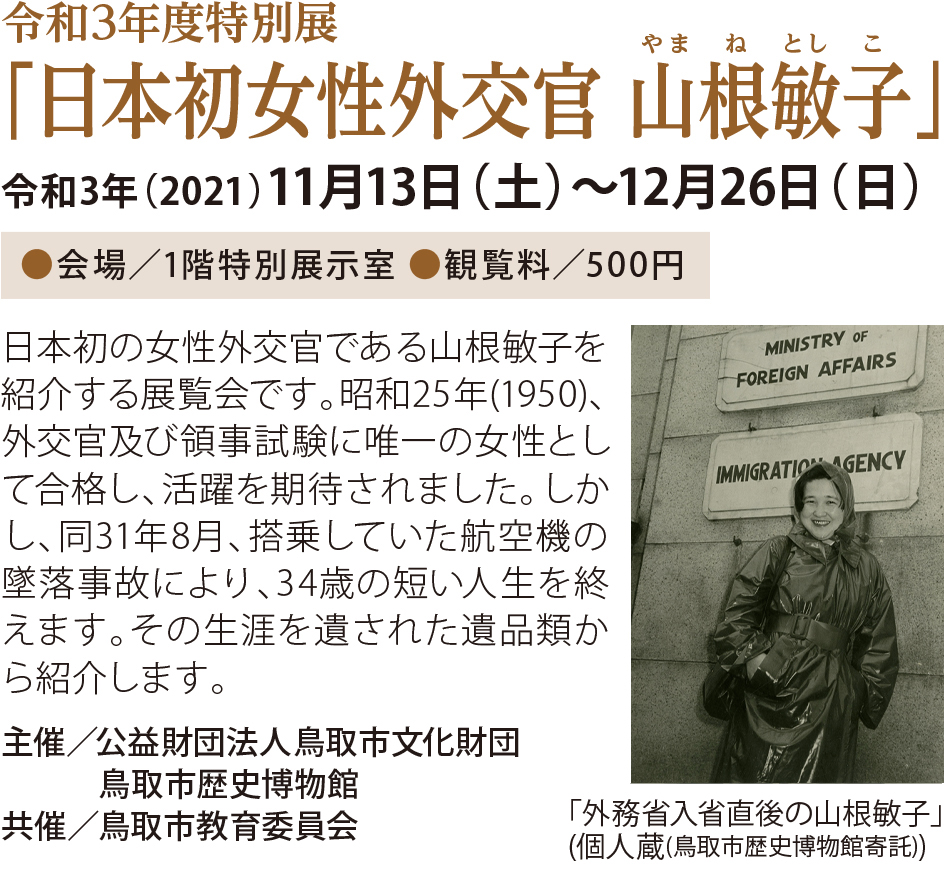





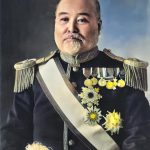

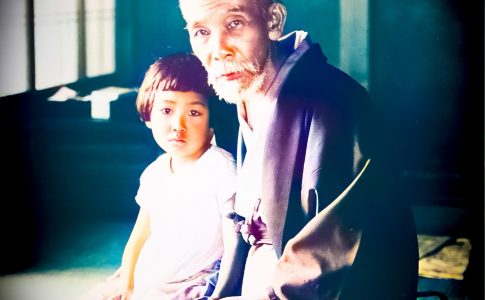
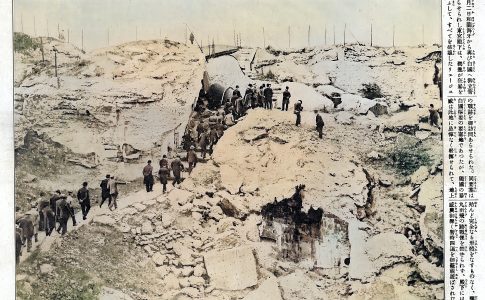
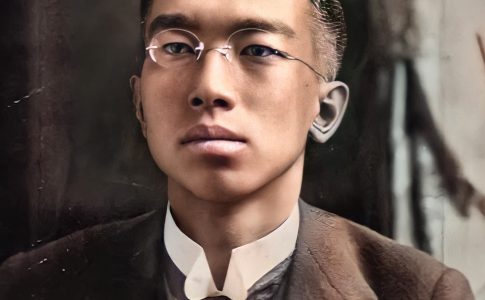
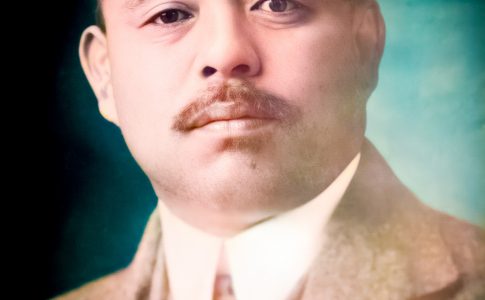


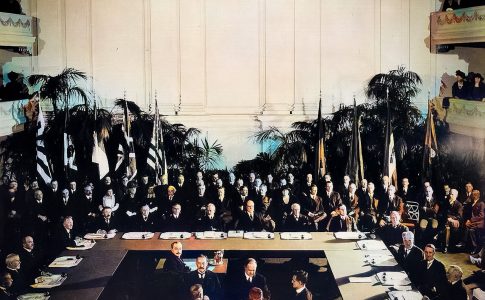
Leave a Reply